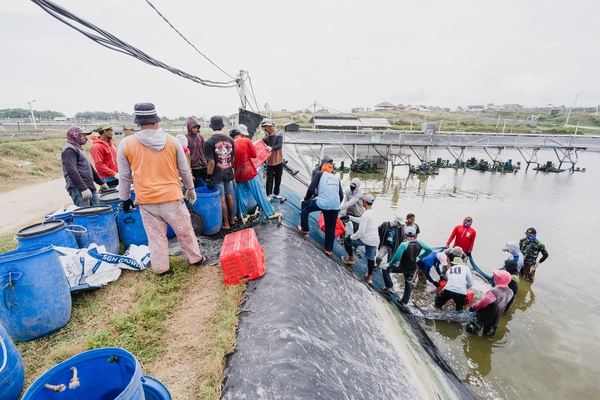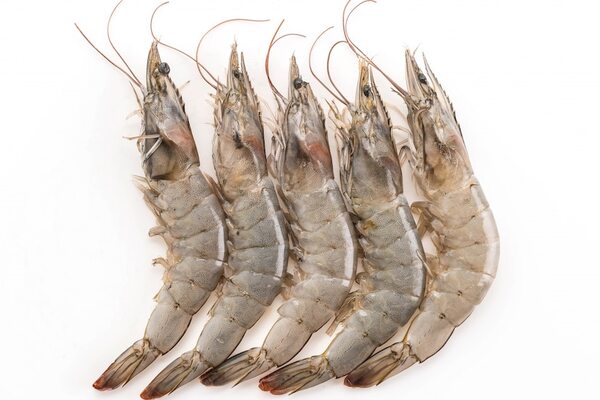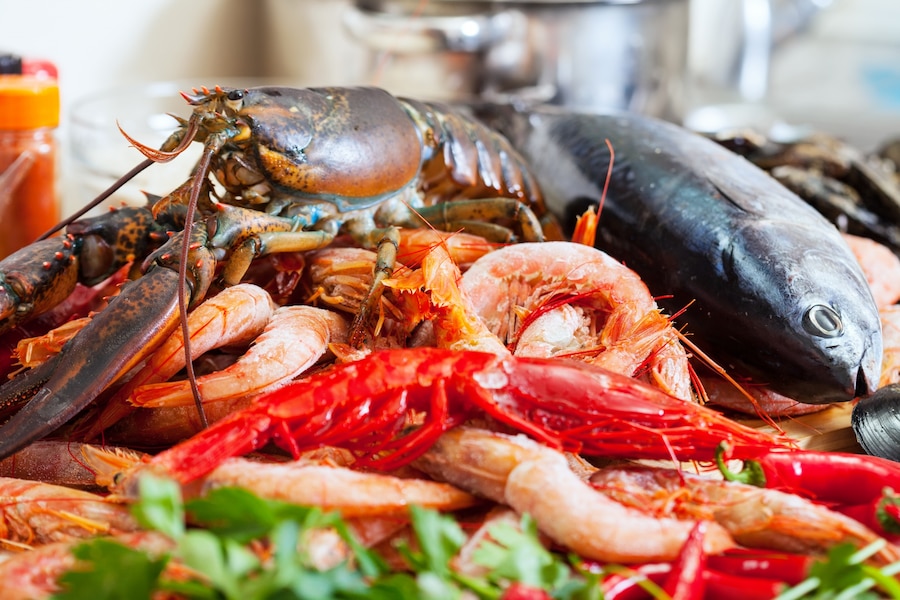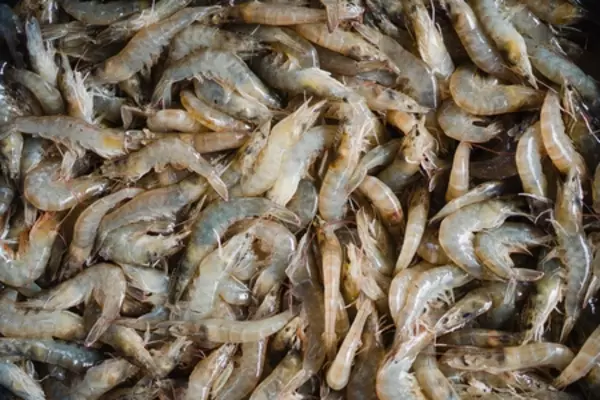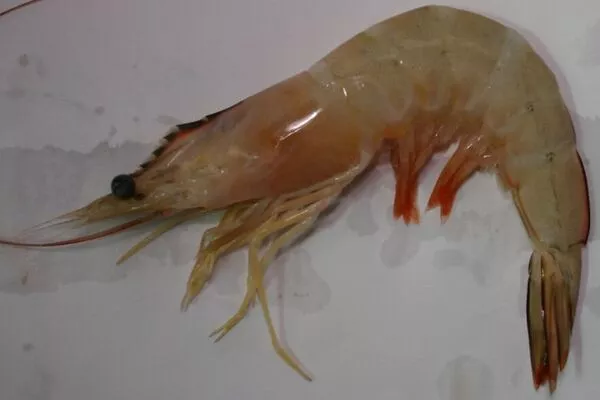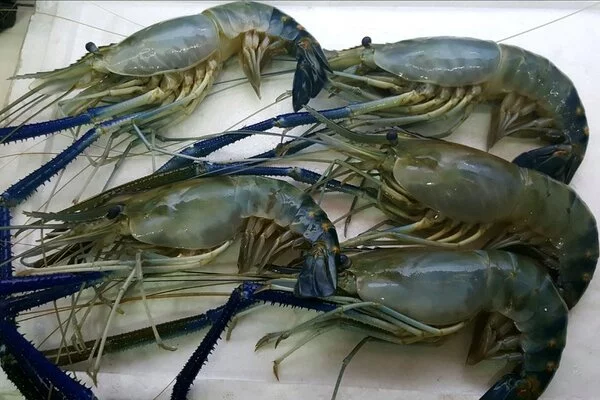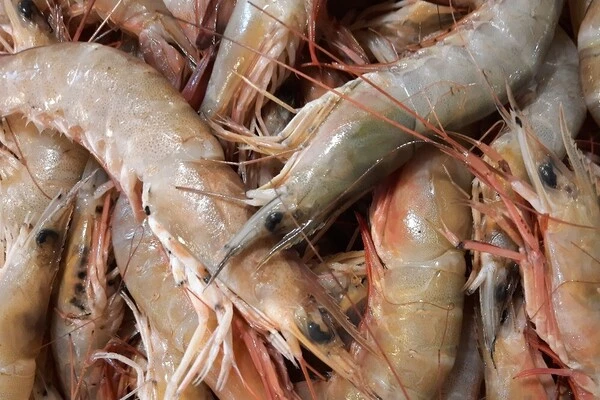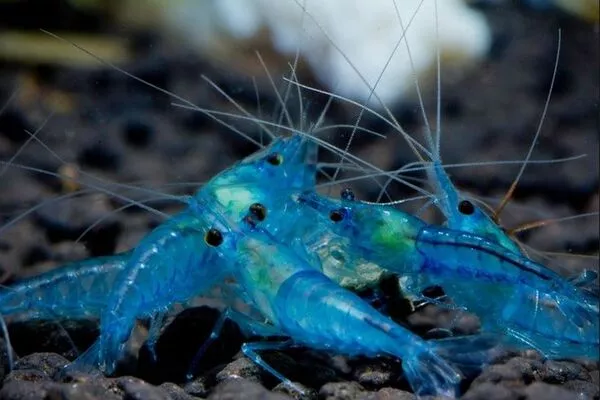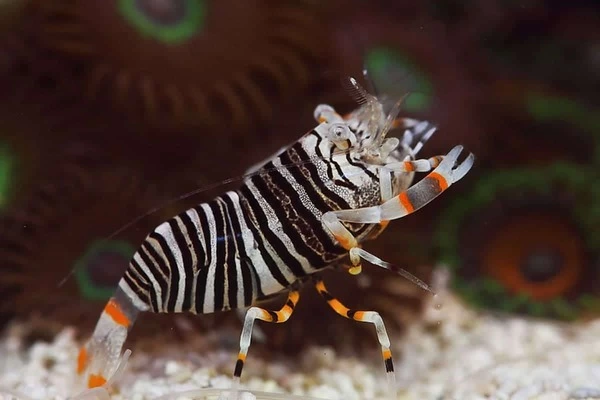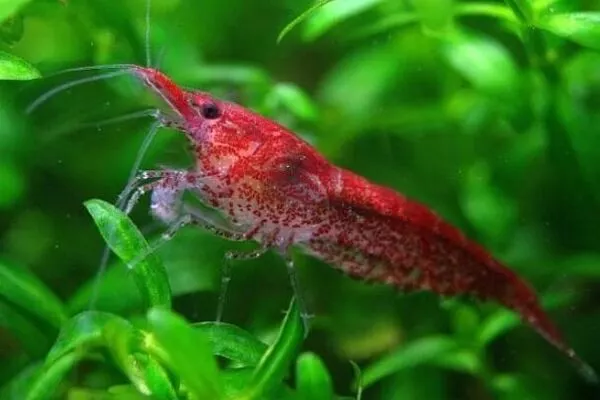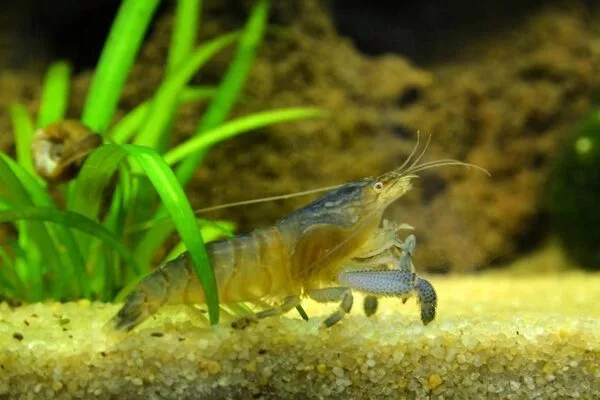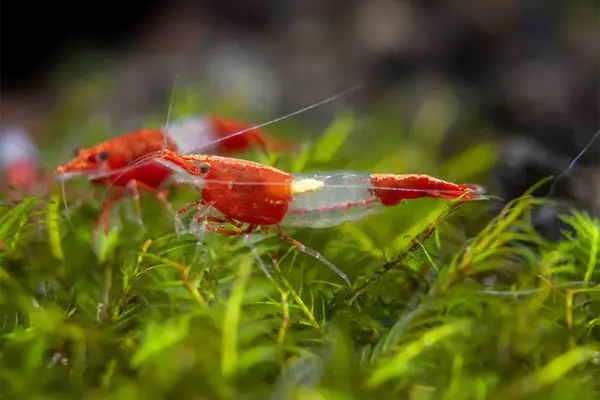Getting to Know the DOC Term in Shrimp Farming
You must be familiar with DOC or Day of Culture, right? The term DOC in shrimp farming refers to the days when white shrimp and other shrimp are cultivated. DOC is calculated from the time the seeds are sown into the pond until the harvest.
In vannamei shrimp culture, DOC is also used as a benchmark for the age of shrimp after the larval stage. For example, DOC 80 means that shrimp farming has been carried out for 80 days since the first day the fry were sown.
Are you still confused about what DOC or Day of Culture is in shrimp farming? Come on, read this article to the end to find the answer.
Also Read: 4 Elements of Shrimp Farm Management That Must Be Considered
What is DOC on Shrimp Cultivation?
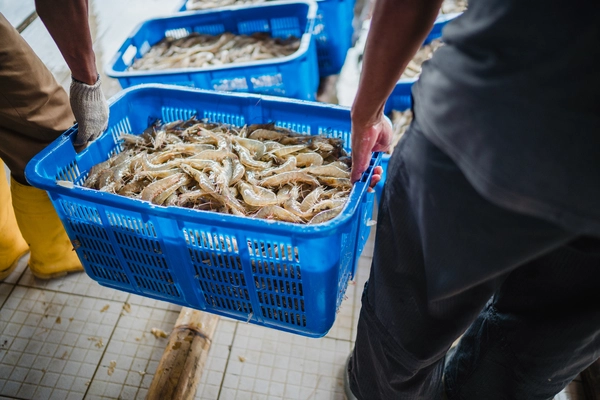
When you are new to the world of aquaculture, maybe you find tons of new terms on this industry. One of the is DOC shrimp or Day of Culture.
The term DOC in shrimp farming means the days during which the cultivation of vannamei shrimp in the pond takes place. This DOC begins to be calculated from when the fry stokes into the pond until the shrimp are harvested. Other than that, DOC is also used to calculate the age of shrimp in ponds which is also important for shrimp feed management.
Also Read: Types of Vannamei Shrimp Feeds to Make Your Shrimp Grow Faster
Differences between PL (Post Larva) with DOC (Day of Culture) in Shrimp Cultivation
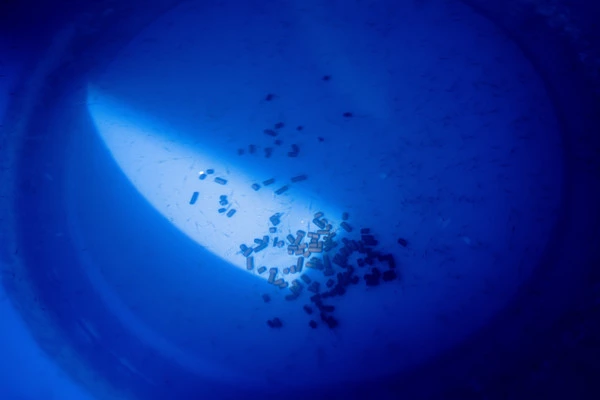
Most people still don’t know the difference between PL and DOC in shrimp farming. However, they are two different terms because both are often interpreted as referring to the shrimp’s age.
PL stands for Post Larva. This term indicates the shrimp fry’s age, generally in days. PL vannamei shrimp counts after the shrimp complete the mysis stage until it is ready to be stocked in the pond. For example, PL1 means the fry is only one day after completing the mysis stage.
After the PL (Post Larva) is stocked into the pond, the term to indicate the shrimp’s age is changed to DOC or Day of Culture. For example, DOC 30 means that the shrimp fry has been 30 days old since they were stocked into the pond. So, don’t be confused with the term both PL and DOC.
Also Read: Get to Know Vannamei Shrimp as Farmers’ Favourite
Shrimp Farming with the Best Results at DELOS
After reading the explanation of the term DOC in shrimp farming above, you already have a clear picture of the words in shrimp farming, right? Besides DOC, there are other terms in shrimp farming that you must understand when entering this industry.
In addition to understanding the term shrimp farming, choosing a partner to manage the pond and getting the need for aquaculture at the best price and quality is also essential to consider.
Well, if you are looking for a shrimp farming aqua-tech company that has the best farm management, DELOS is the answer. In managing shrimp ponds, we use an approach to social, environmental, infrastructure, and regulatory issues around the pond location.
DELOS‘ Farm Management is integrated with the AquaHero application to make it easier for farm managers to monitor pond conditions daily. The AquaHero application is equipped with water quality monitoring facilities, tracking the shape and growth of shrimp, accurate treatment recommendations from the science team, to monitoring pond finances.
Immediately contact DELOS at contact@delosaqua.com or submit your inquiries via the contact column on our website www.delosaqua.com to get to know more about our Farm Management. Start vannamei shrimp farming with DELOS!

